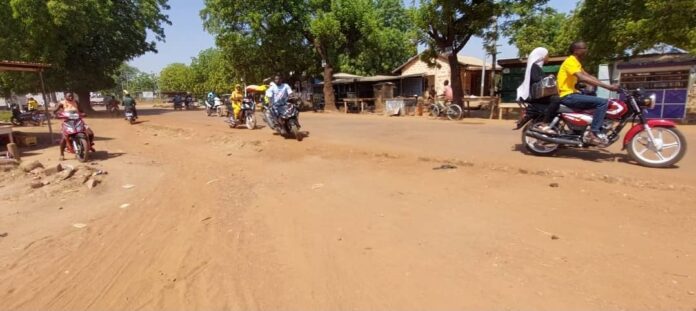
Head, Social & Demographic Statistics and Coordinator of Data for SDGs at the Ghana Statistics Service, Omar Seidu has urged government to adopt a district-by-district targeted approach in its policies aimed at reducing poverty in the country.
The Ghana Statistical Service in a latest release of a Multidimensional Poverty Index Scorecard for all 261 Administrative Districts has revealed that some 23 districts in the country have over 50% of their population multidimensionally poor with the Nabdam District in the Upper East Region recording the highest prevalence of 68.6%, which is about 11 times higher than the 6.3% lowest recorded in the Asokwa Municipality in the Ashanti Region.
Government statistician, Prof. Samuel Kobina Anim had warned the results points to a potential miss of the SDG goal 1 that seeks to reduce to half, the number of people living in poverty.
But speaking to Joshua Nana Kwame Ayira on Starr Today, Omar Seidu says the only a one-fit-all approach would not remedy the poverty situation.
“Over the years you realize that poverty policies somehow were the same program for different areas but with this report you will appreciate that if you should go into the same district, different parts of the district are experiencing multidimensional poverty differently.”
“This means that each of these communities would have to be targeted differently if you want to accelerate the gains in alleviating poverty. This is exactly the why we have published this report so that there would be conscious efforts in targeting different parts of the country differently.”, he concluded.
The statistical service has attributed the principal contributors to multidimensional poverty across districts as employment (206 districts) and insurance coverage (55 districts). Employment it says contributes between 22.9 percent and 56.7 percent across the 206 districts, while insurance coverage contributes between 23.5 percent and 29.7 percent across the 55 districts.
Source: Ghana/Starrfm.com.gh/103.5FM/Edem Kojo



